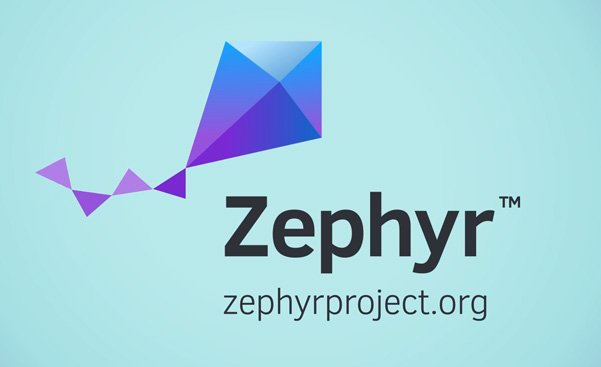
Linux tries to address the need for an operating system of its own for IoT equipment
Linux Foundation has just presented the so-called ‘Zephyr Project’, which consists of an operating system for Internet of Things (IoT) devices. According to network security specialists from the International Institute of Cyber Security, the objective of this project is to create an open source real time operating system (RTOS) that can be installed on IoT devices.
With this project, Linux Foundation expects Zephyr to become the industry standard for real-time operating systems for this kind of device: “We hope that, for its easy use, Zephyr will become one of the leading IoT software platforms, designed specifically to take into account security in a world where everything is connected to the Internet,” mentions Linux Foundation in a statement.
According to network security specialists, Zephyr works on a modular kernel design; RTOS essential services are within the nanokernel. This kernel will be responsible for executing the highly priority procedures, from interruptions to tasks executed in the background.
The nanokernel is based on a series of small threads (nicknamed fibers). These fibers can only run one task at a time. When necessary, developers will be able to use the nanokernel to run their IoT devices. This will only be limited to devices with very low memory footprints, such as environmental sensors, radio frequency identifiers or LEDs.
Even so, most IoT devices will be able to use the complete Zephyr microkernel. This will increase multitasking skills and services like: memory groups, memory maps, among others.
The tasks found in the microkernel will be programmed by a server file in the nanokernel, allowing priority tasks to run within the nanokernel without hindrance.
When all fibers finish running a task, the server fiber will send the next priority task to the nanokernel. If there are two linked tasks, the system will select the one that has been in the microkernel for longer. The plan is to keep the memory stacks small and to assign processes to the cloud when possible.
Currently, the Zephyr common API will allow RTOS to support the following implementations:
Communication networks
- Bluetooth
- Low Power Bluetooth
- IEEE 802.15.4
- 6LoWPAN
- WiFi
- Cable Connection
Input and output ports
- UART
- GPIO
- SPI
- I C
- Radios
Board architecture
- Arduino 101
- Arduino Due
- Intel Galileo Gen 2
- NXP FRDM-K64F Freedom Board
The Linux Foundation also stressed that its new RTOS has an important focus on the security of IoT devices. The project plans to include a dedicated security task force and a security officer.
According to experts in network security, Linux Foundation is looking for developers, engineers and organizations to work on the expansion and upcoming implementation of the Zephyr operating system.

He is a well-known expert in mobile security and malware analysis. He studied Computer Science at NYU and started working as a cyber security analyst in 2003. He is actively working as an anti-malware expert. He also worked for security companies like Kaspersky Lab. His everyday job includes researching about new malware and cyber security incidents. Also he has deep level of knowledge in mobile security and mobile vulnerabilities.











